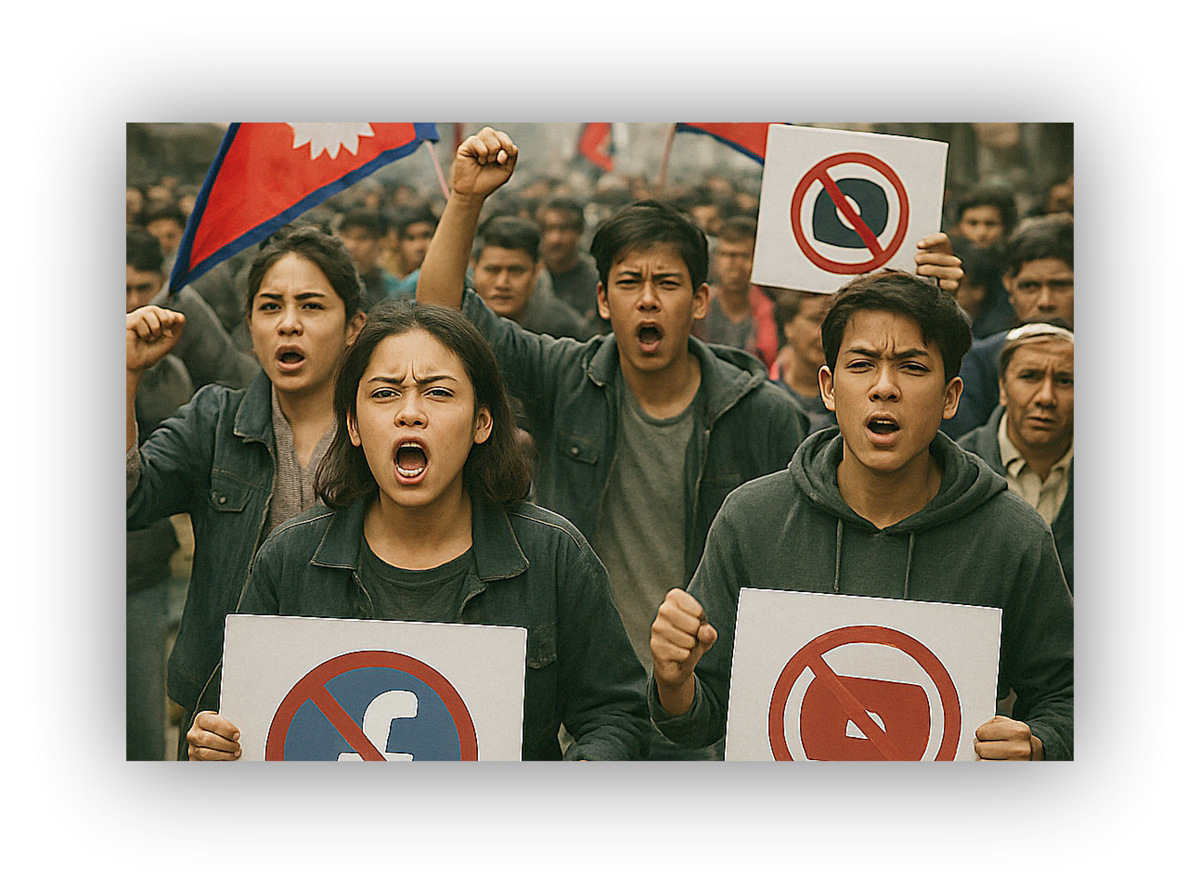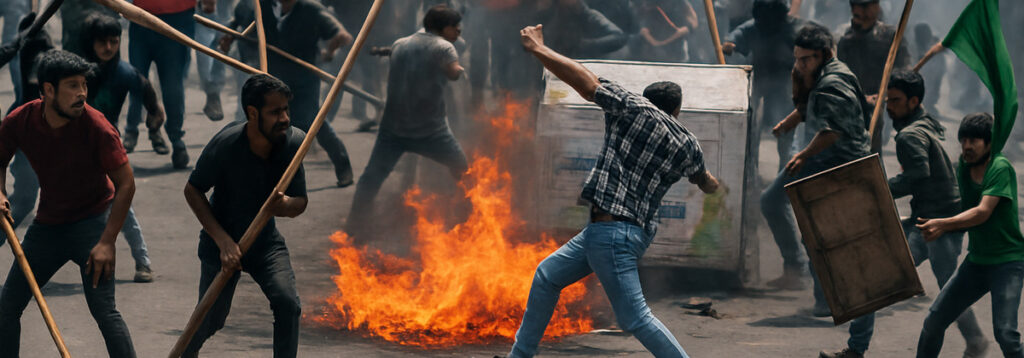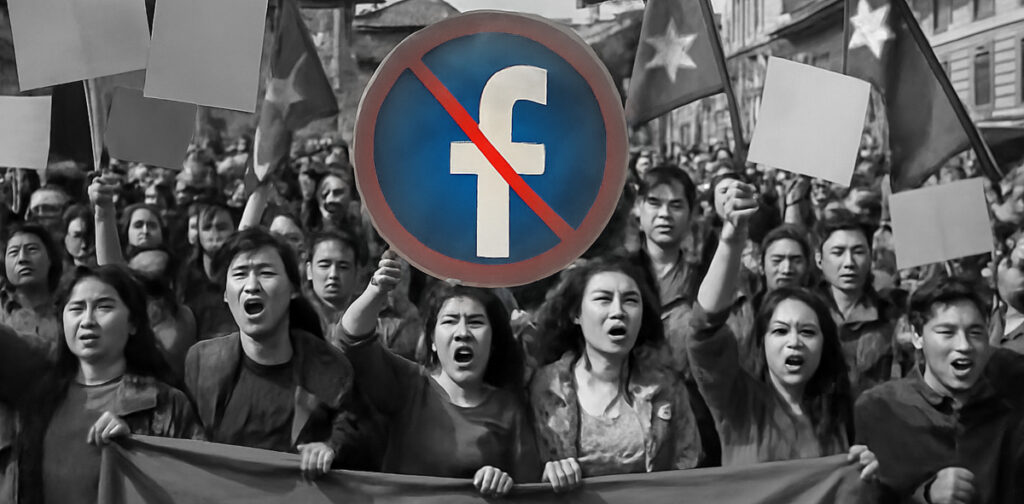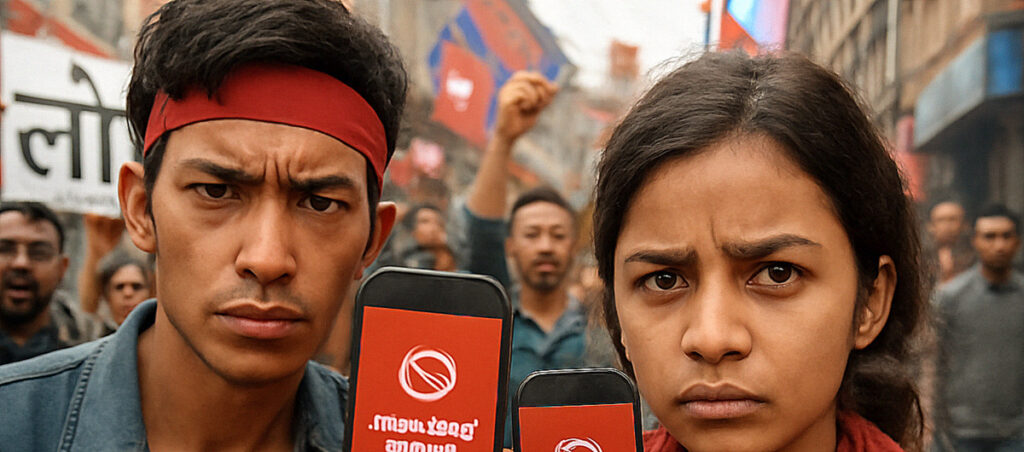Global media Update tech Update & Automobile Life Style & Entertainment

Kathmandu | Special Report
Over the past few weeks, Nepal has witnessed a wave of violent protests. What began as demonstrations against the government’s social media ban in Nepal has quickly escalated into a much larger movement reflecting widespread political discontent.
From the streets of Kathmandu to cities like Pokhara, Butwal, Damak, and Itahari, thousands of young protesters—mostly aged between 13 and 28, also known as Generation Z in Nepal—have rallied against the government, demanding accountability and systemic change.


 Amazon: दुनिया का सबसे बड़ा ऑनलाइन शॉपिंग प्लेटफॉर्म, जहां आपको बेहतरीन डील्स और विश्वसनीय प्रोडक्ट्स मिलते
Amazon: दुनिया का सबसे बड़ा ऑनलाइन शॉपिंग प्लेटफॉर्म, जहां आपको बेहतरीन डील्स और विश्वसनीय प्रोडक्ट्स मिलते
The trigger was a new government bill requiring platforms like Facebook, X (formerly Twitter), and YouTube to register locally in Nepal. The government claimed this law was meant to curb online fraud and misinformation.
But for many young Nepalis, the move was seen as an attack on freedom of speech and digital rights. As soon as the restrictions came into force, universities and urban centers erupted in anger. Protesters accused the government of using the law as a tool for censorship and silencing dissent.
What began as a movement for restoring digital freedom quickly transformed into a broader expression of public frustration with Nepal’s leadership.
While the social media ban was the immediate trigger, the underlying causes run much deeper:
These grievances have transformed the protests from a call for “freedom of social media” into demands for a “clean and transparent government.”

The most visible face of the uprising is Sudan Gurung, a youth activist known for championing digital rights and government transparency.
Another popular figure is Kathmandu Mayor Balen Shah—an engineer, rapper-turned-politician, and an independent leader who won his mayoral election in 2022. His anti-corruption stance and clean image have made him a role model for young protesters.
Many demonstrators openly say they want Balen Shah as Nepal’s next Prime Minister. Although Shah has not directly joined the movement, his speeches and posts are widely shared across social media, amplifying his influence.
Some analysts and political parties have labeled the protests as part of a “regime change strategy”, hinting at possible influence from foreign powers such as the US or China.
However, no concrete evidence has been presented. Most experts believe this is an organic uprising driven by Nepal’s frustrated youth.
Still, the role of social media is undeniable. Hashtags linked to the protests have gone viral on X, Instagram, and YouTube, drawing parallels with recent Bangladesh protests and Sri Lanka’s 2022 uprising, where citizens took to the streets against corruption and economic collapse.
Initially peaceful, the protests have grown increasingly volatile. In Kathmandu and other cities, clashes erupted between protesters and police.
Stones were hurled at government buildings, vehicles were vandalized, and dozens were injured in confrontations.
The government has branded the demonstrators as “anarchic elements” and warned of tough action, while human rights groups accuse the police of using excessive force.

Prime Minister Pushpa Kamal Dahal ‘Prachanda’ defended the social media restrictions, saying they were imposed in the “national interest” to protect Nepal from “fake news, online scams, and external interference.”
But opposition parties and civil society leaders have slammed the move as proof of the government’s growing intolerance. They argue that the ruling coalition is more concerned about silencing criticism than solving the country’s problems.
This is not the first time Nepali youth have taken to the streets. But analysts say this movement is different:
Experts warn that unless the government begins serious dialogue soon, discontent could deepen. Some even call it the beginning of a “new political era in Nepal”, where youth leadership might challenge the dominance of traditional parties.
The social media ban in Nepal may have lit the spark, but the fire now points to deeper problems—corruption, unemployment, lack of opportunities, and disillusionment with the political elite.
Led by Generation Z, the protests show that Nepal’s young people are no longer willing to stay silent. They are demanding not just digital freedom, but a transparent, accountable, and fair government.
The coming weeks will reveal whether this is just a temporary outburst of anger—or the beginning of a historic shift in Nepal’s politics.
Auto Amazon Links: No products found.